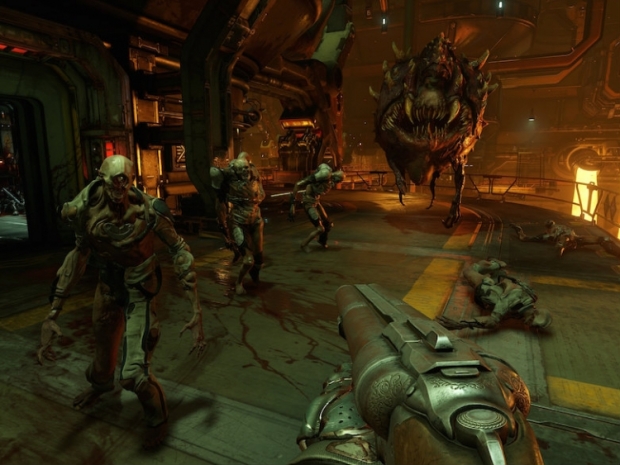While most are bowing to users call's for "more guns", Romero said that designers need to provide fewer things but in more detail.
"I would rather have fewer things with more meaning, than a million things you don't identify with. I would rather spend more time with a gun and make sure the gun's design is really deep -- that there's a lot of cool stuff you learn about it."
He said that modern shooters are too close to fantasy role-playing games in how they shower you with new weapons from battle to battle and this abundance of loot -- which reflects how blockbuster games generally have become Netflix-style services, defined by an unrelenting roll-out of "content" -- means you spend as much time comparing guns in menus as savouring their capabilities.
"It encourages you to think of each gun as essentially disposable, like an obsolete make of smartphone. The more weapons you throw in there, the more you're playing an inventory game."
The original Doom, which launched in 1993 with a grand total of eight guns and every time you got a new weapon, it never made any previous weapons useless, he said.
Doom is also a game that knows how to keep a secret. It isn't just a firefight simulator but a treacherous, vaguely avant-garde work of 3D architecture. Its levels are mazes of hidden rooms and camouflaged doors that screech open behind you -- sometimes revealing a pile of ammunition, sometimes disgorging enemies into areas you've cleared. Today's shooters set less store by secret spaces, Romero says, because they cost so much to make.




